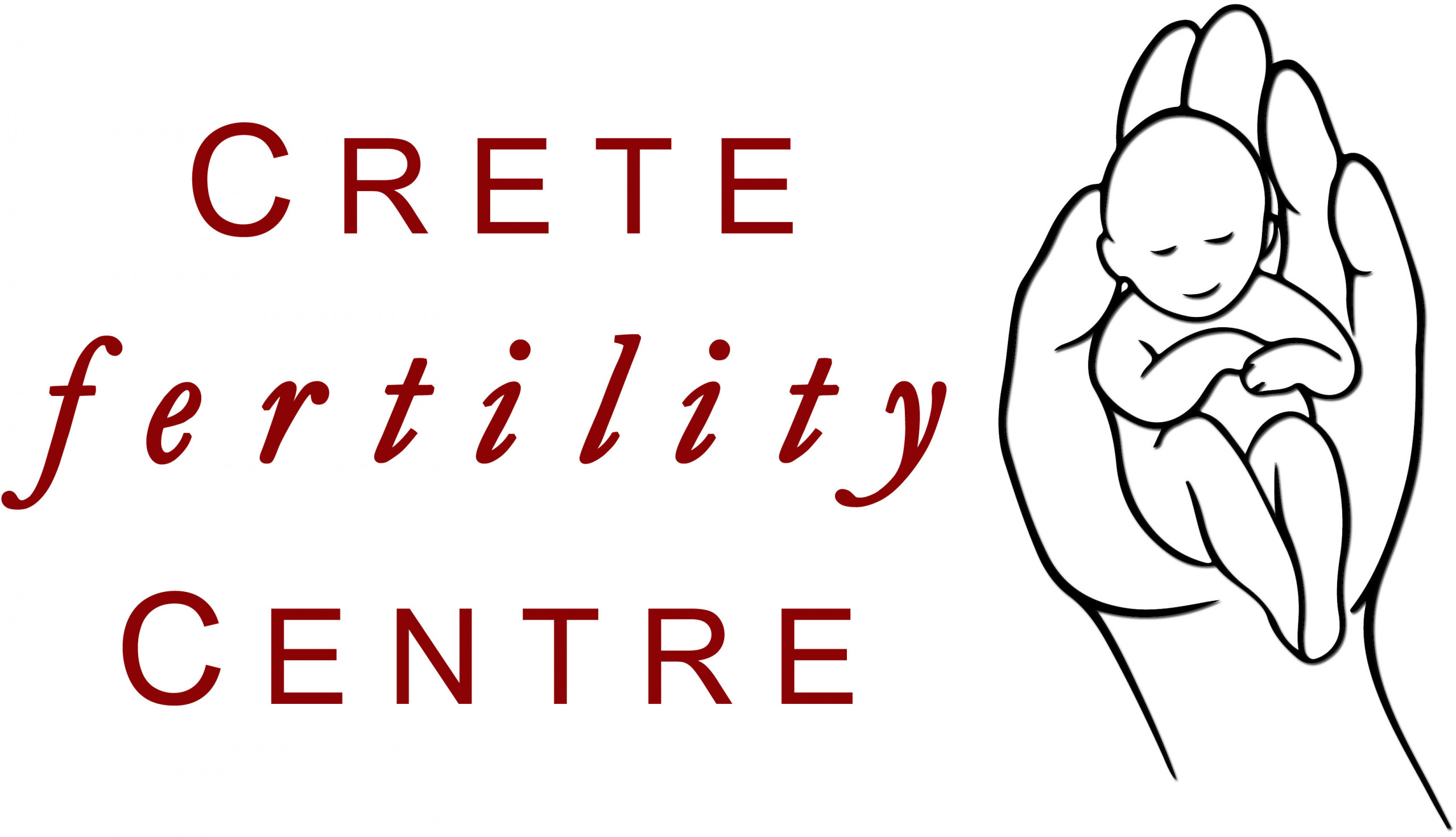IVF culture medium can double the chance of success

The type of culture media used in IVF can more than double the chance of producing healthy embryos and significantly affect chances of successful conception.
Between 50 and 80 percent of embryos created through IVF have abnormal numbers of chromosomes. This was believed to be caused by errors in the DNA of the egg or sperm. Yet research now indicates that the genetic make-up of embryos is influenced by the chemical culture they are stored in, prior to implantation in the womb.
‘There has been a lot of interest in the environment in which embryos develop, and we know it can impact the birth weight and health of babies,’ said Mr Stuart Lavery of IVF Hammersmith, who led the research. ‘But we didn’t know that it was actually having an impact on chromosomes. It seems that the embryos are actually growing differently depending in which culture medium they are placed, which is quite a big thing.’
In the largest experiment to date, researchers at Boston Place Clinic in London, UK, tested the effects of two common embryo culture media on 2620 eggs taken from 363 women. After fertilisation, embryos were placed in culture media and analysed after five days. Over 300 underwent genetic testing.
Over one in three eggs kept in one medium, Sage, developed into an embryo with the normal number of chromosomes. By contrast, only one in seven eggs kept in the other medium, KSOM, developed into a normal embryo.
KSOM embryos were also 3.5 times more likely to end in early pregnancy loss, which is associated with chromosomal abnormality. Furthermore, embryos kept in less alkaline mediums were almost half as likely to be ‘mosaics’, a mixture of cells of either normal and abnormal chromosomes.
The results also imply that the genetic make-up of a growing embryo could be affected by conditions in the womb.
The researchers say it is not yet clear what is the ideal composition and pH to culture human embryos in. Currently, fertility clinics may select their own culture media, provided that it is is EU-certified.
‘We now need to do more work and look at exactly what factors are influencing the outcome, whether it is pH levels or something else,’.
Source: IVF.net




